Iranian saffron, the world’s most renowned saffron variety, holds an unparalleled position in the culinary realm. Cultivated for centuries in the foothills of the Zagros Mountains, Iranian saffron has captivated palates with its vibrant crimson hue, intense aroma, and remarkable flavor profile.
Super Negin: The Quintessential Expression of Iranian Saffron
Super Negin, the pinnacle of Iranian saffron, is the epitome of saffron luxury. Hand-picked and meticulously dried, these exquisite threads boast the longest and most vibrant red color, free from any blemishes or impurities. Super Negin saffron imparts an unparalleled aroma, described as a symphony of floral notes, with hints of sweetness and earthiness.
Negin: A Step Up from Exceptional
Negin saffron, the second-highest grade of Iranian saffron, follows closely in the footsteps of Super Negin. While slightly shorter in length, Negin saffron exhibits exceptional quality, retaining the vibrant red color and intense aroma that define Iranian saffron.
Sargol: A Fusion of Saffron’s Essence
Sargol saffron, the third grade of Iranian saffron, encompasses the top part of the saffron flower, including the red stigmas and a small portion of the saffron style. Sargol saffron offers a balance of flavor and aroma, with a slightly more intense saffron flavor than Super Negin and Negin.
Pushal: A Versatile and Affordable Choice
Pushal saffron, the lowest grade of Iranian saffron, includes the entire saffron stigma with a longer, more defined shape. While less expensive than Super Negin, Negin, and Sargol saffron, Pushal saffron still offers a notable saffron flavor, making it a versatile and affordable option for everyday cooking.
Beyond Grades: Unveiling the Nuances of Iranian Saffron
The quality of Iranian saffron extends beyond grades, influenced by factors such as the region of cultivation, the time of harvesting, and the drying process. Saffron cultivated in higher altitudes, such as the mountainous regions of Iran, tends to exhibit a more intense flavor and aroma. Additionally, early-harvested saffron typically boasts a brighter red color and a more delicate flavor, while late-harvested saffron offers a deeper red hue and a more robust flavor profile.
The Perfect Pairing for Culinary Creations
Iranian saffron’s versatility allows it to harmonize seamlessly with a wide array of dishes, both savory and sweet. In savory creations, it lends its characteristic earthiness and rich aroma to rice dishes, stews, and meats. Iranian saffron is a key ingredient in iconic dishes like Persian lamb stew, saffron rice, and paella. In sweet preparations, it imparts a delicate sweetness and warm floral notes to pastries, desserts, and beverages, elevating the flavor profile of rice pudding, confections, and teas.
A Treasured Gem with Enduring Appeal
Iranian saffron, with its exquisite flavors, aromatic depth, and rich history, stands as a culinary gem, captivating the palates of connoisseurs worldwide. Whether enhancing the earthy depth of a hearty stew or adding a touch of floral sweetness to a delicate pastry, Iranian saffron’s ability to transform dishes is truly remarkable.
A Symbol of Culinary Excellence
Iranian saffron, a testament to centuries of tradition and craftsmanship, continues to inspire culinary creations and evoke a sense of luxury and sophistication. From the sun-kissed fields of Iran to the kitchens of discerning chefs worldwide, Iranian saffron remains an enduring emblem of culinary excellence. Embrace its rich tapestry of flavors and aromas, and discover the magic it brings to your culinary endeavors.

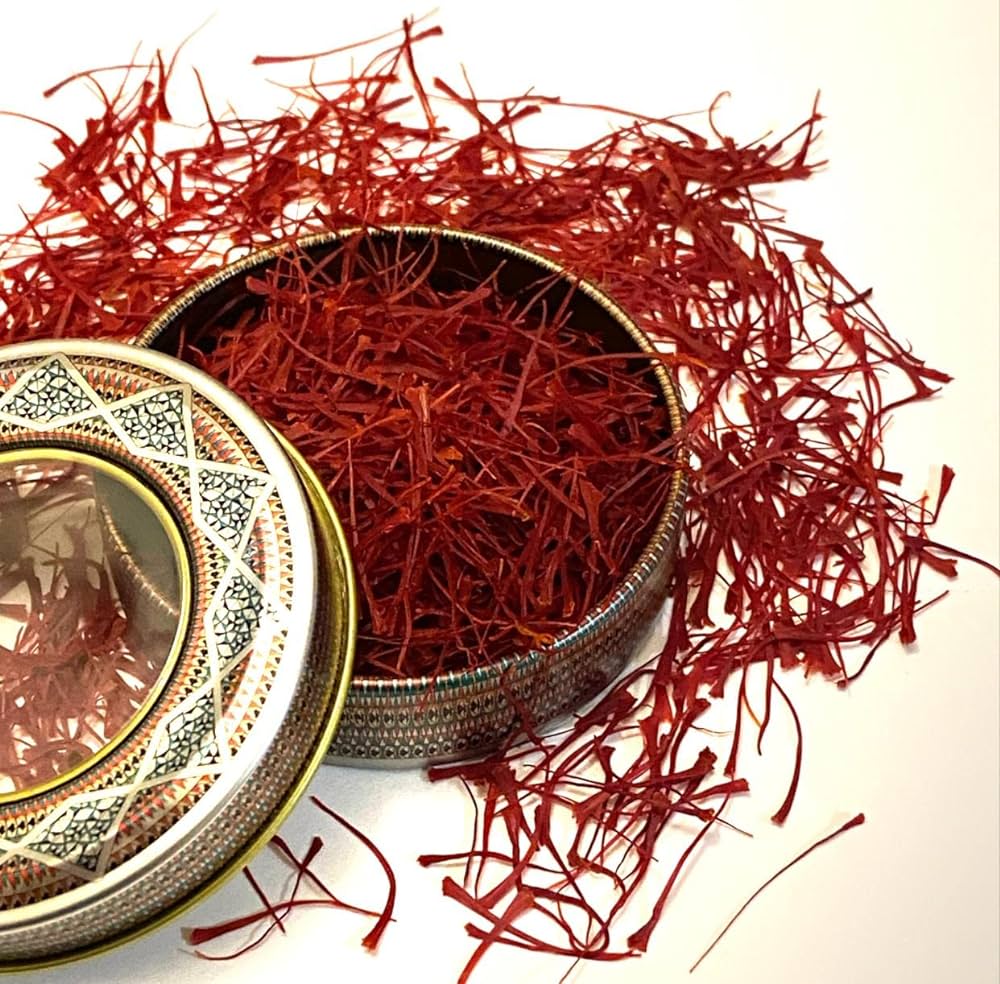


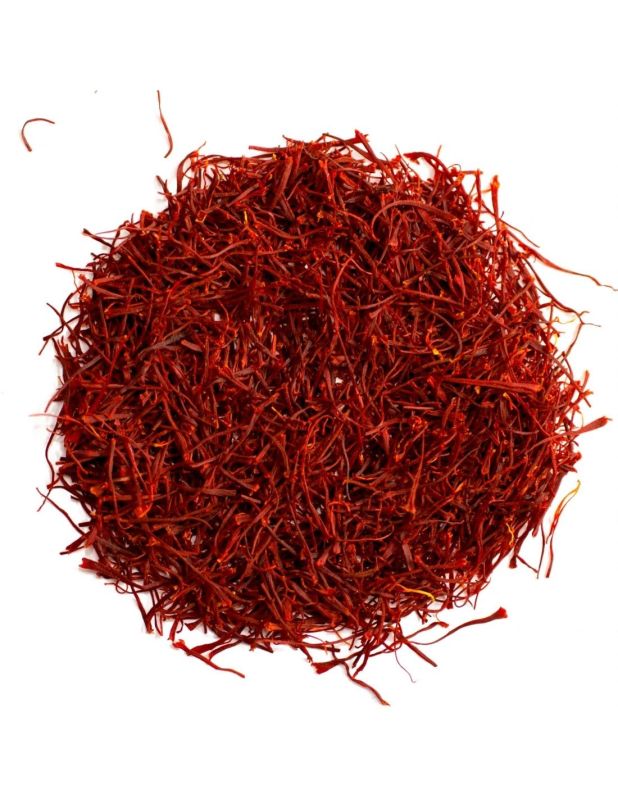
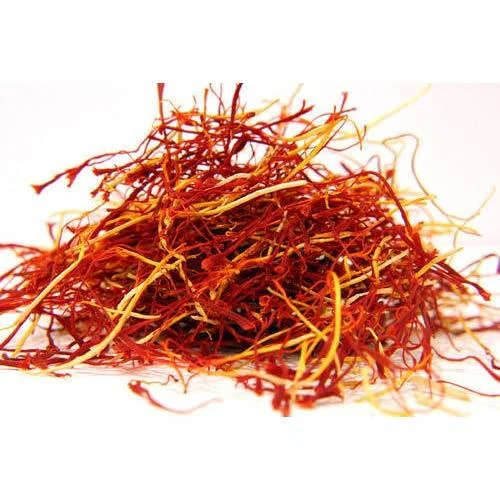

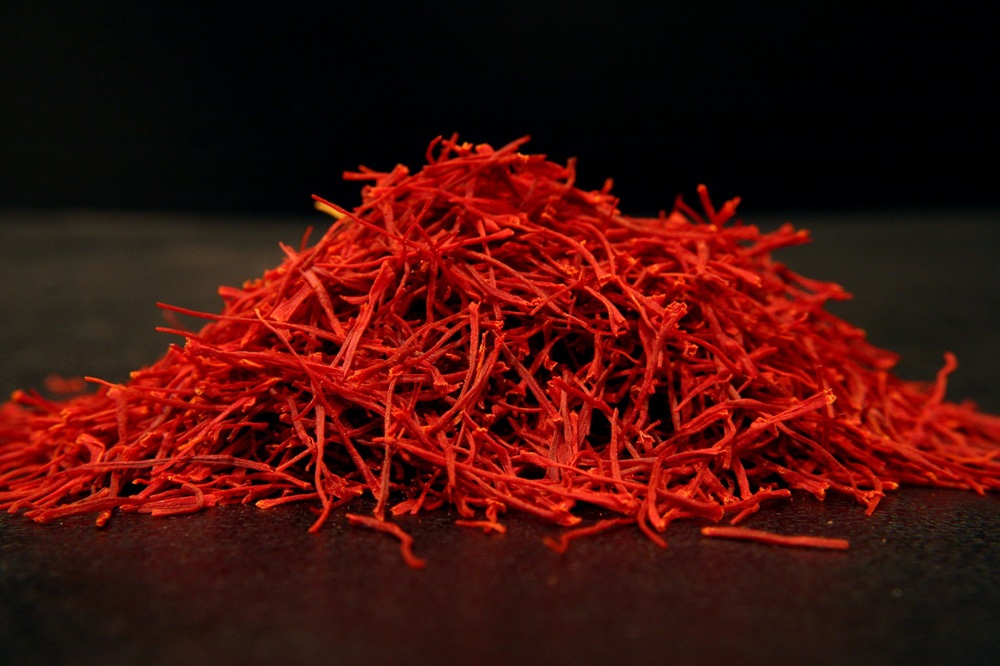
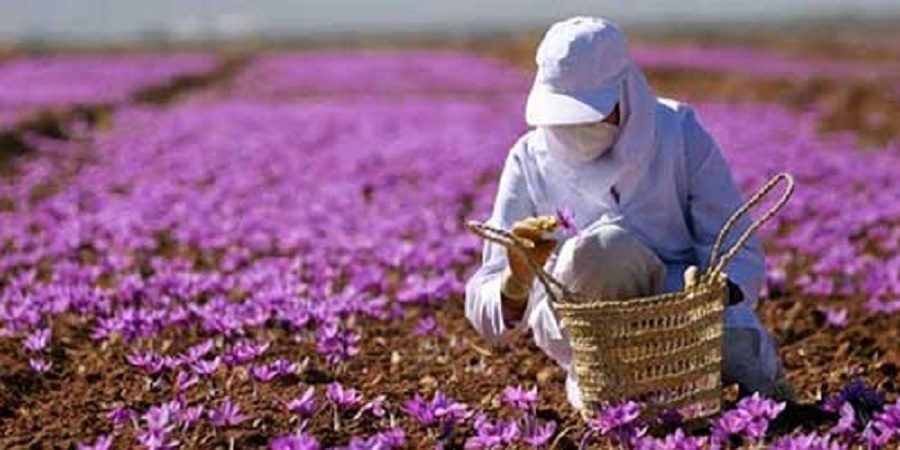
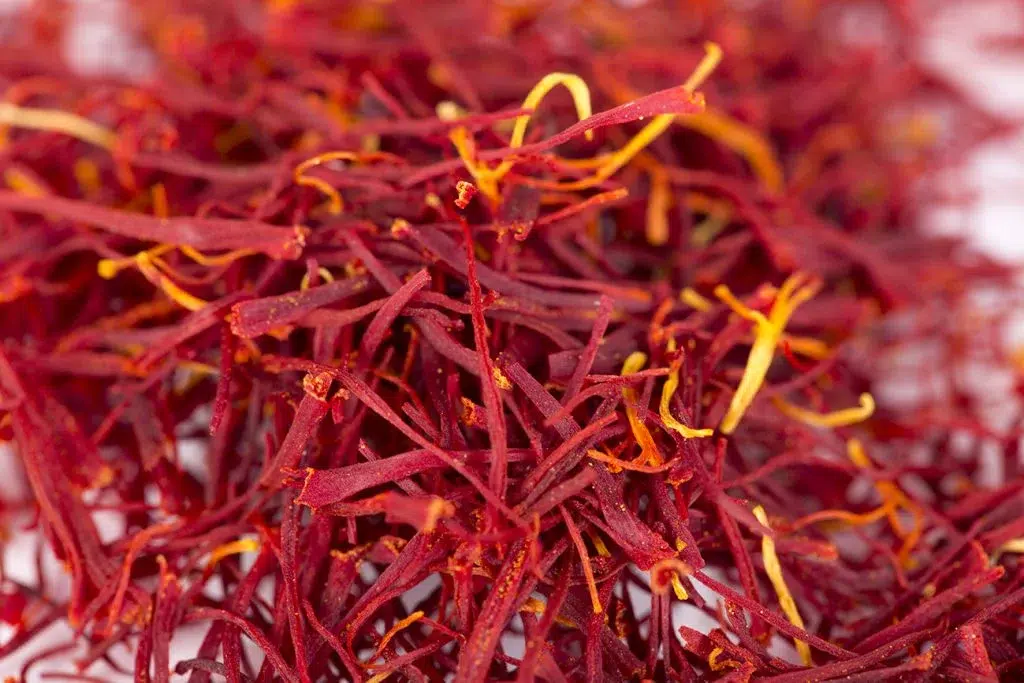
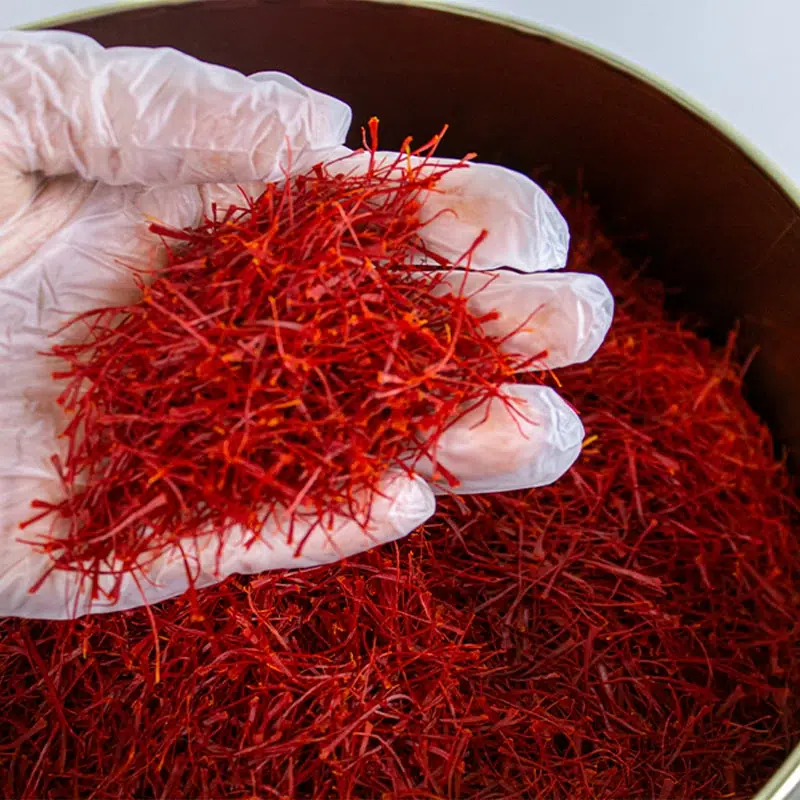
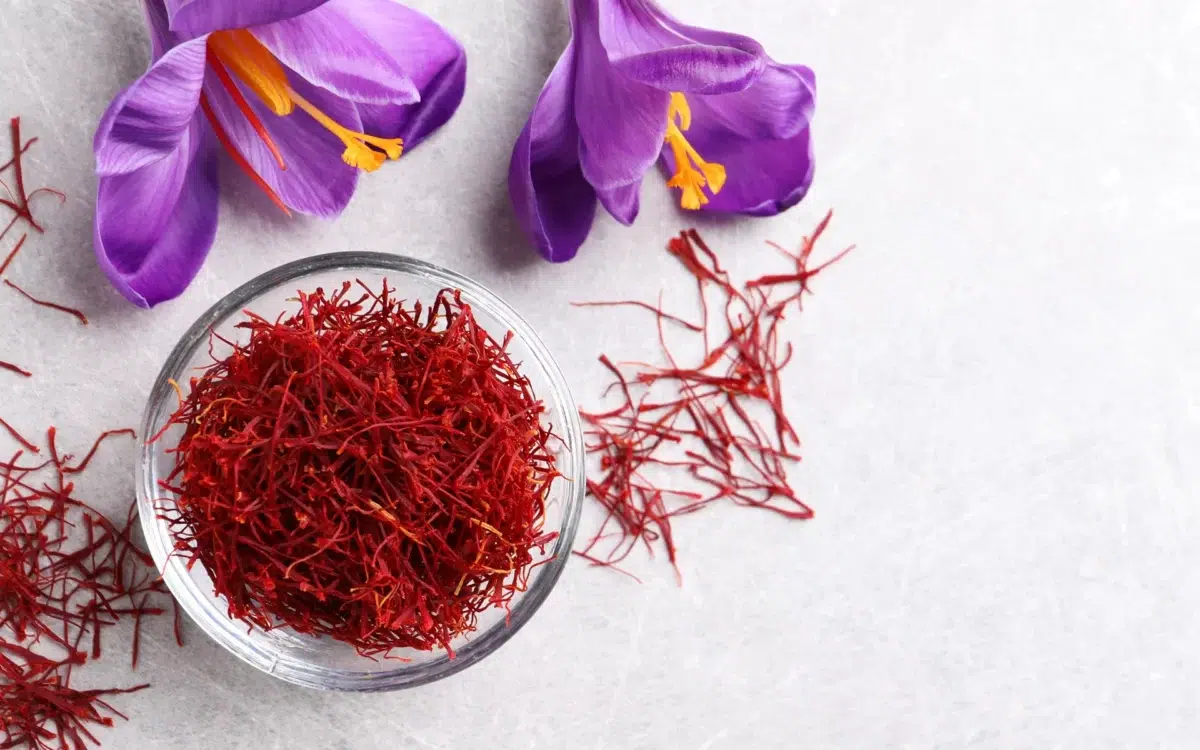
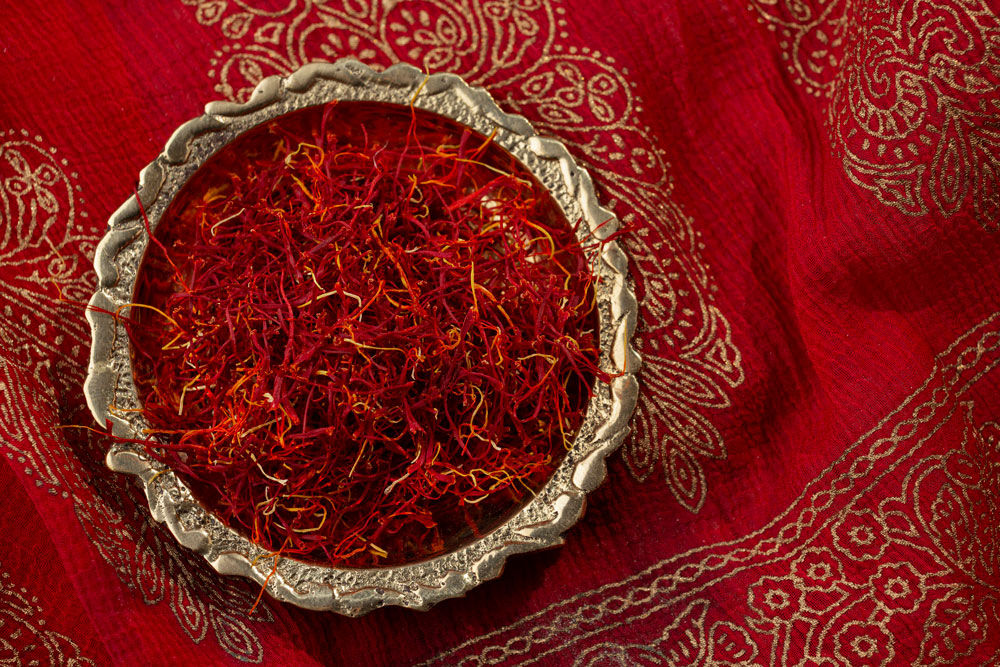
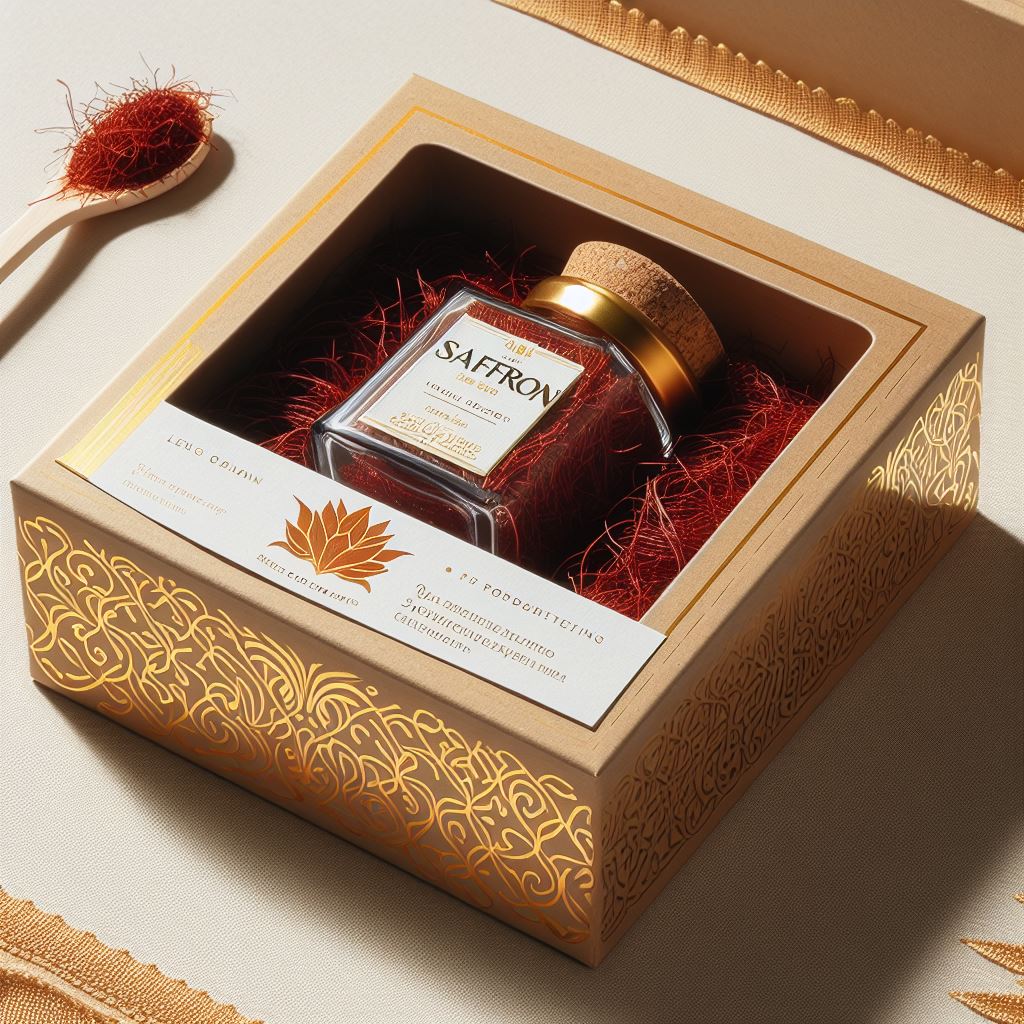
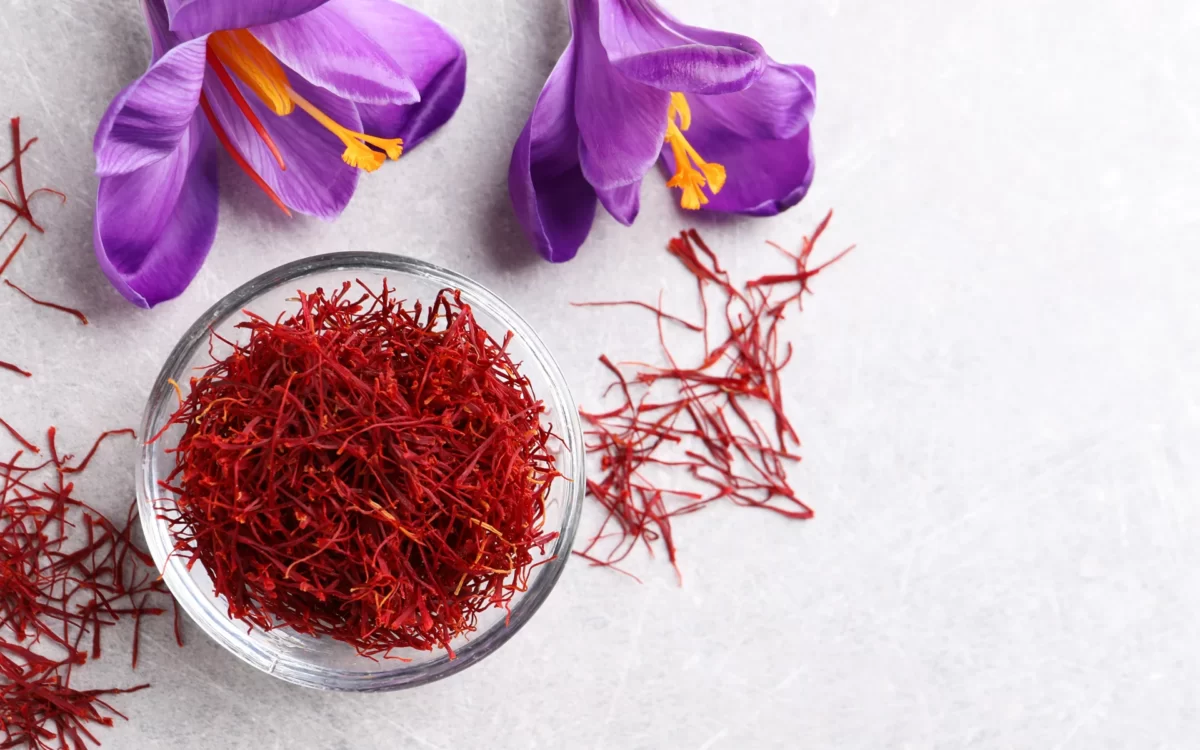
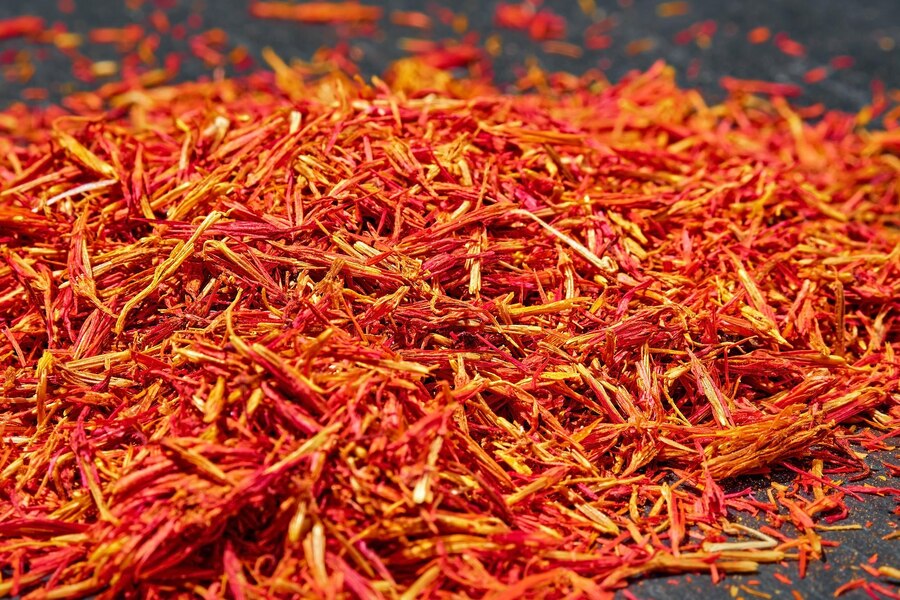
I always use Iranian saffron for my food because of its color, taste and power to change the taste of food. I love it
You have been working hard, and you’ve created beautiful things. The visual presentation is elegant, and the written content is top-notch. Despite the fact that you appear concerned about the possibility of delivering something that may be considered questionable, I believe that you will be able to resolve this problem quickly.